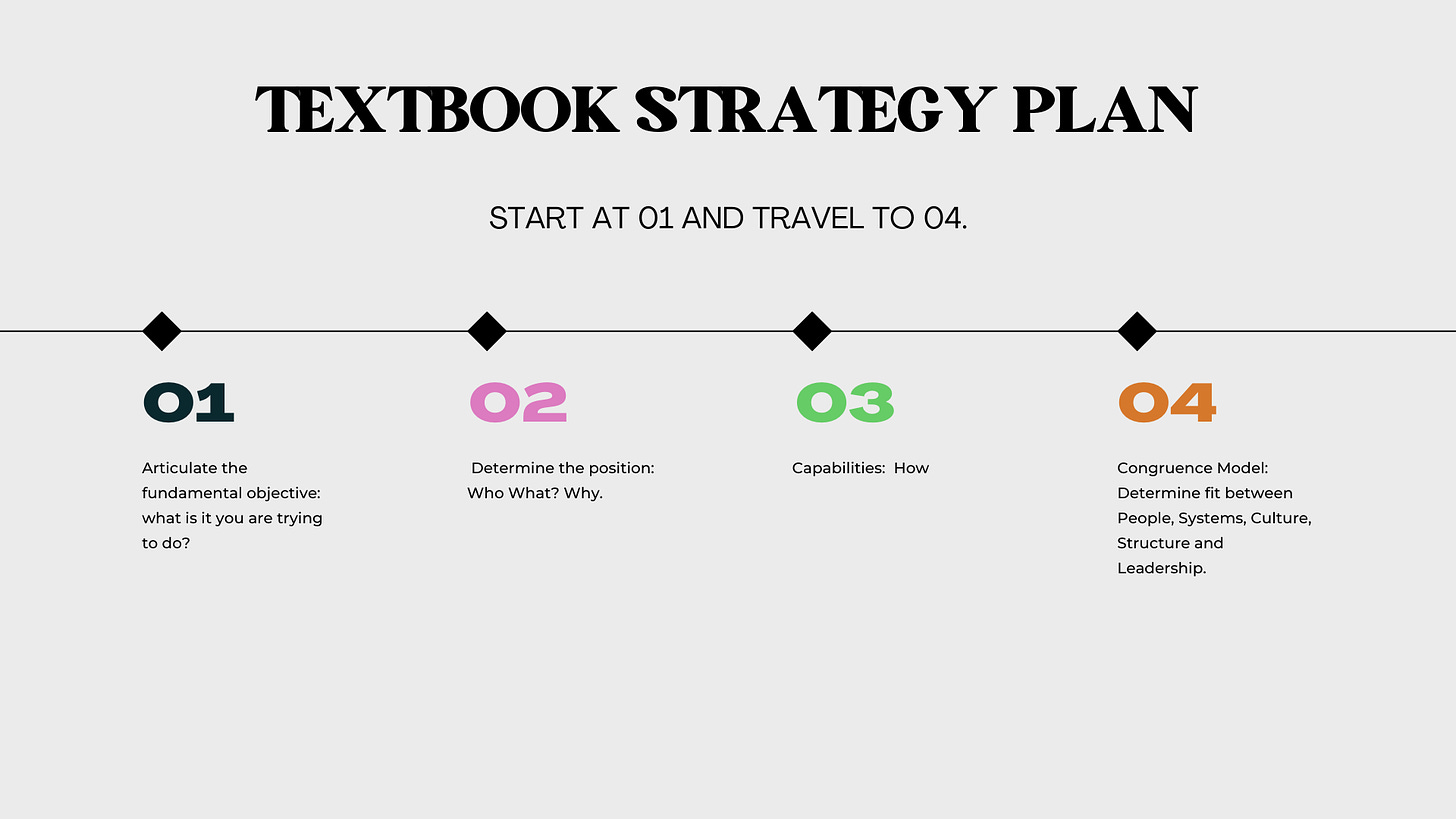After leaving a job (and team) I loved, I was off to finish my MBA and find a problem to solve with a product I could create and manufacture at my newly created company. And work out what was happening with my body, which was getting stiff and "gritty".
Over the course of 2015, I completed the final strategy year at the Australian Graduate School of Management (AGSM) and was diagnosed with rheumatoid arthritis.
Placed on a drug that I would be on for life, I had a problem to solve; it didn't take much time to find the quirk world of fermentation and the magical link between nutrition, inflammation and overall wellbeing.
And that was it - my ideation phase was complete.
Oh, I spent a period "collecting evidence" that supported my revelation, but truth be told, my subconscious was leading the charge, and although I had just come out of an intensive year of studying strategy - which delivered 74 models designed to place rigour and robust thinking around hypothesis, ideals and potential solutions - I worked on making my idea of improving wellbeing by started a Kombucha company fit my dream of creating a company.
The strategy creation path should look like this:
The strategy path I took looked something like this:
Some learnings:
Those seasoned entrepreneurs among us can hard relate, I'm sure. You might be working from the strategy playbook for those new to the arena, and I salute you.
The product manager in me was satisfied that I had matched a problem with a solution, and I could see the path others had taken and thought - surely I could.
Sadly, I forgot about the first-mover advantage, the tetra's output of a functioning team, and the pitfalls of poor (biased) research. I dived in with both hoofs and before I worked out that I was over my head, I had already committed to the mantra "global day one" and the innovative philosophy of "moving fast and breaking things".
In hindsight, I see the myopic effect of collecting evidence to support your idea without doing the work to validate your hypothesis and stress-testing your shortlist with potential clients, colleagues and mentors. There is much to be gained from doing "the work", and although it feels slower, as a manager once said, doing it twice will invariably be prolonged and costly! Solid point.
Until next time, when we dive into what happens when you have a little bit of money and no wisdom, check out some models designed to flesh out some of the ideals rolling around in your brain and heart. x
Ideation and validation models:
Description: Design thinking is a human-centered approach focusing on empathy, ideation, and prototyping to solve complex problems.
Description: Mind mapping is a visual technique that helps organize thoughts and ideas around a central theme or problem.
Description: SWOT (Strengths, Weaknesses, Opportunities, Threats) is a strategic planning tool that helps identify internal and external factors affecting a business.
Description: SCAMPER is an acronym representing different ways to manipulate existing ideas and products to generate new ones.
Description: Developed by Edward de Bono, this method involves looking at a problem from six perspectives, each represented by a coloured "thinking hat."






